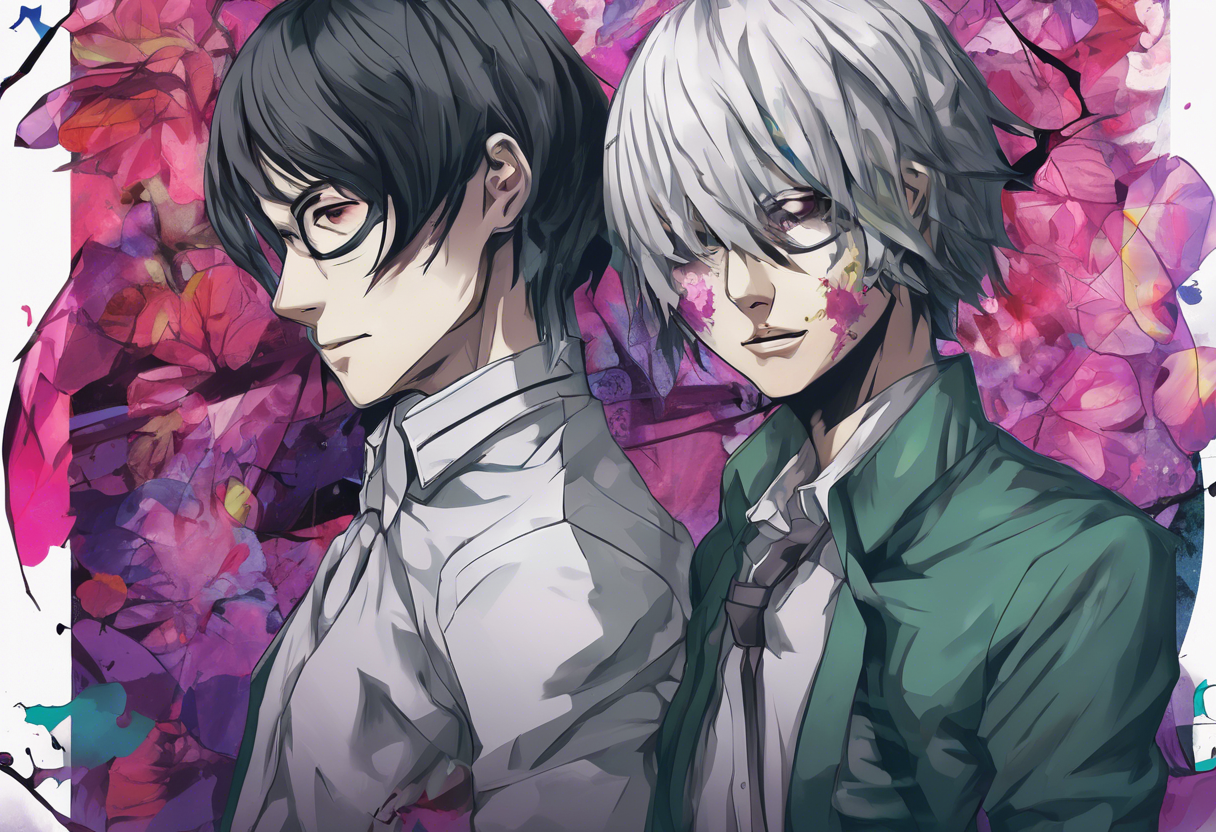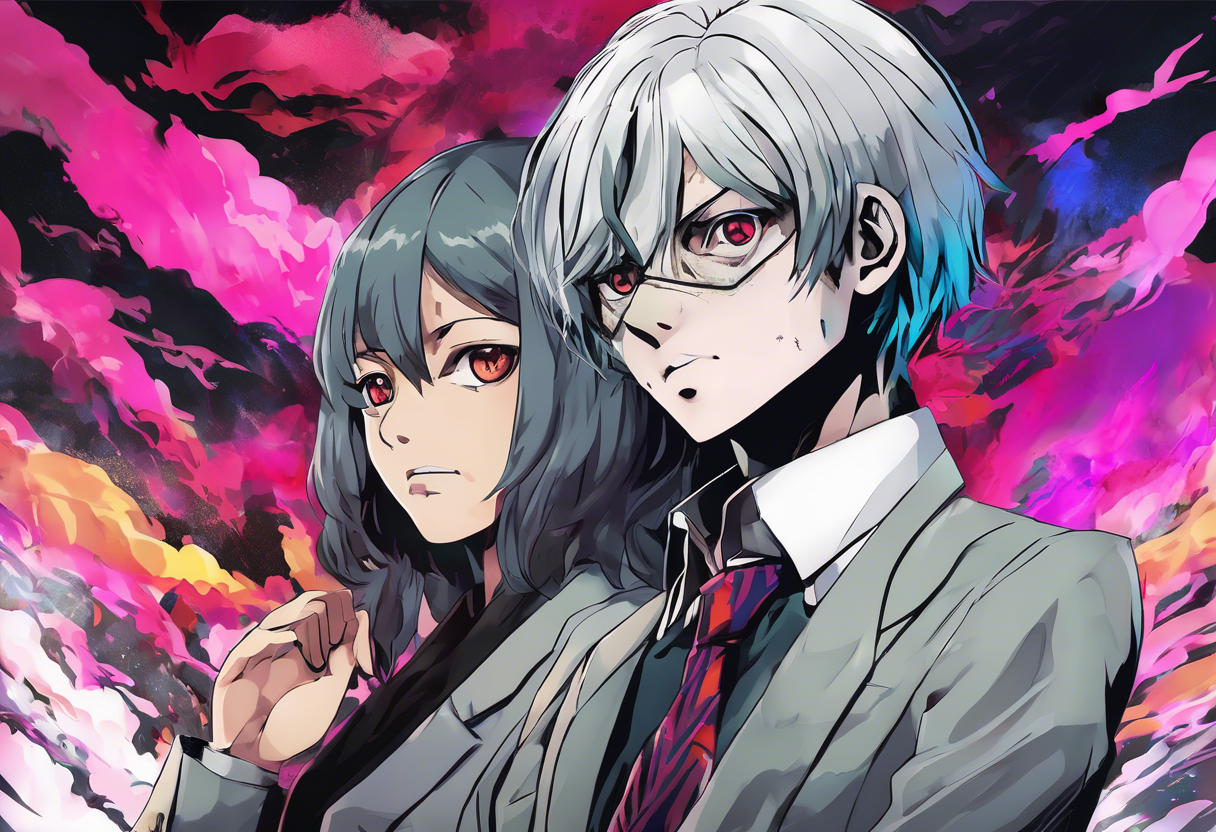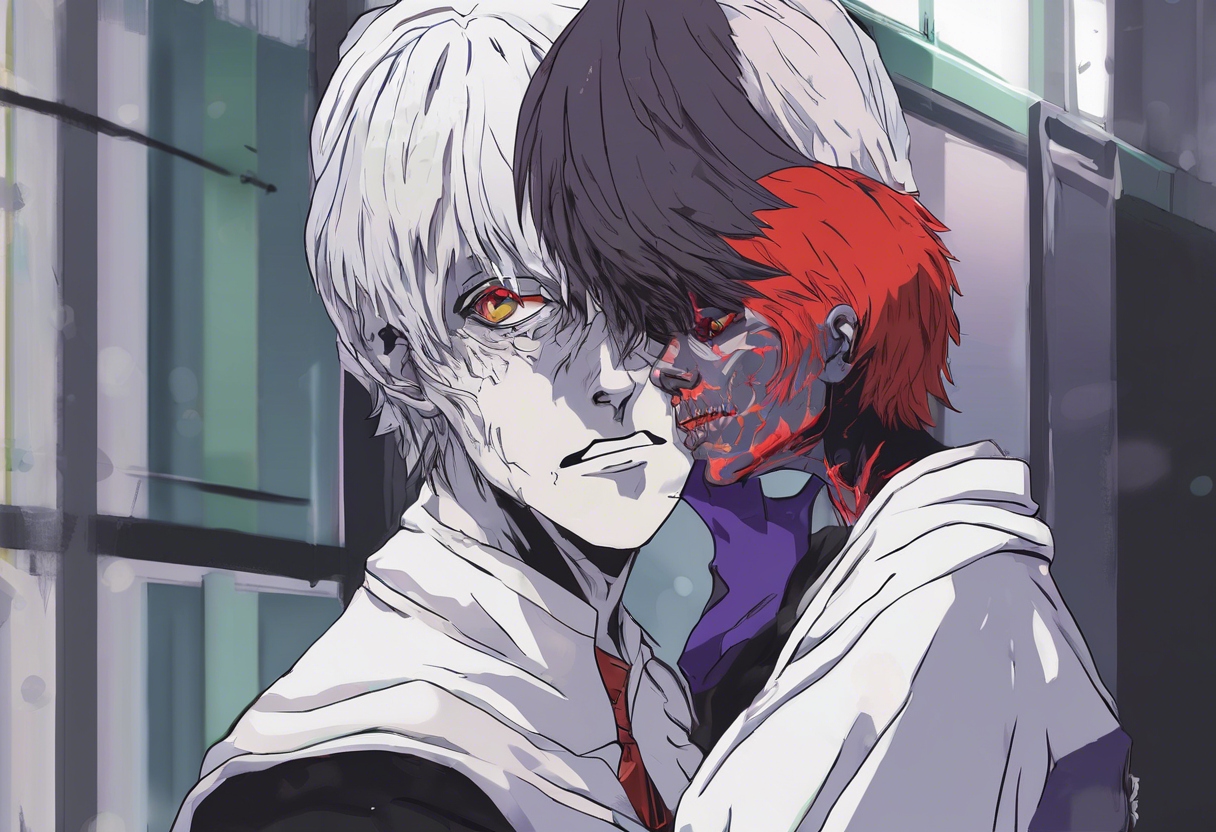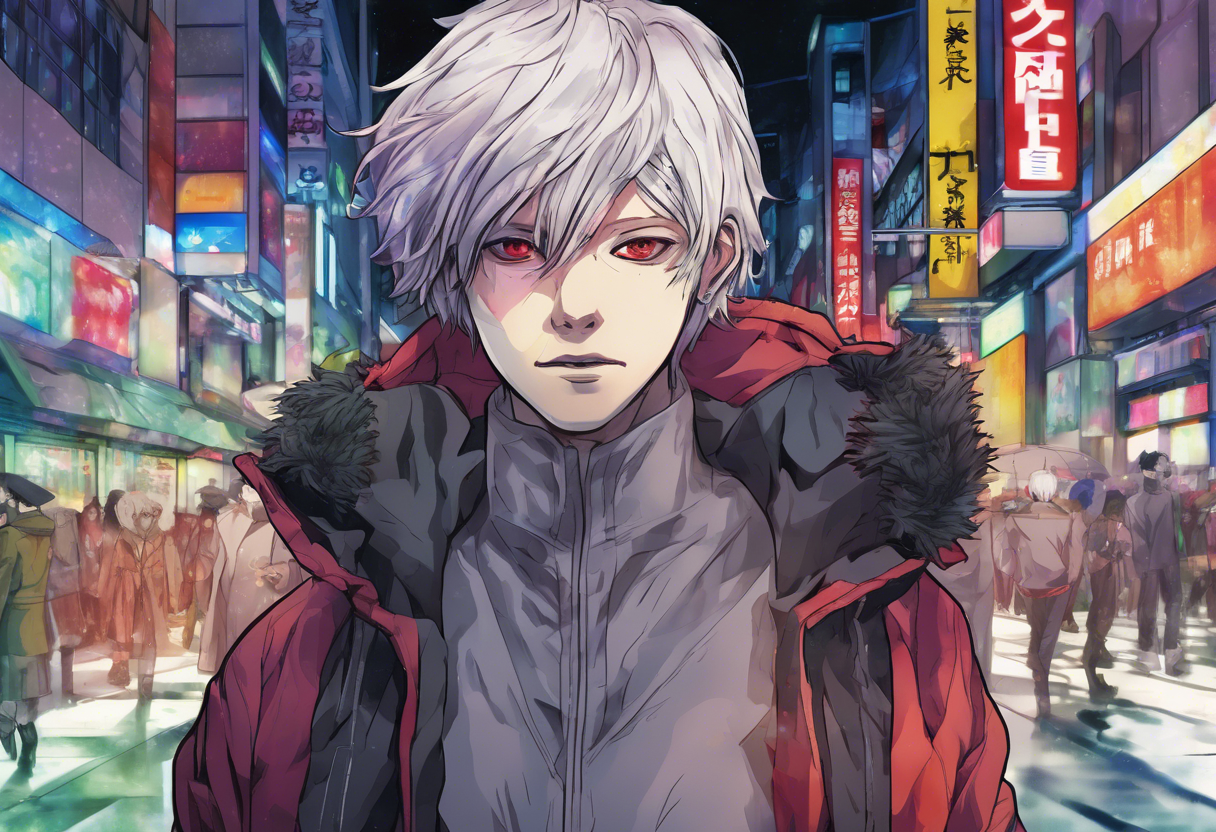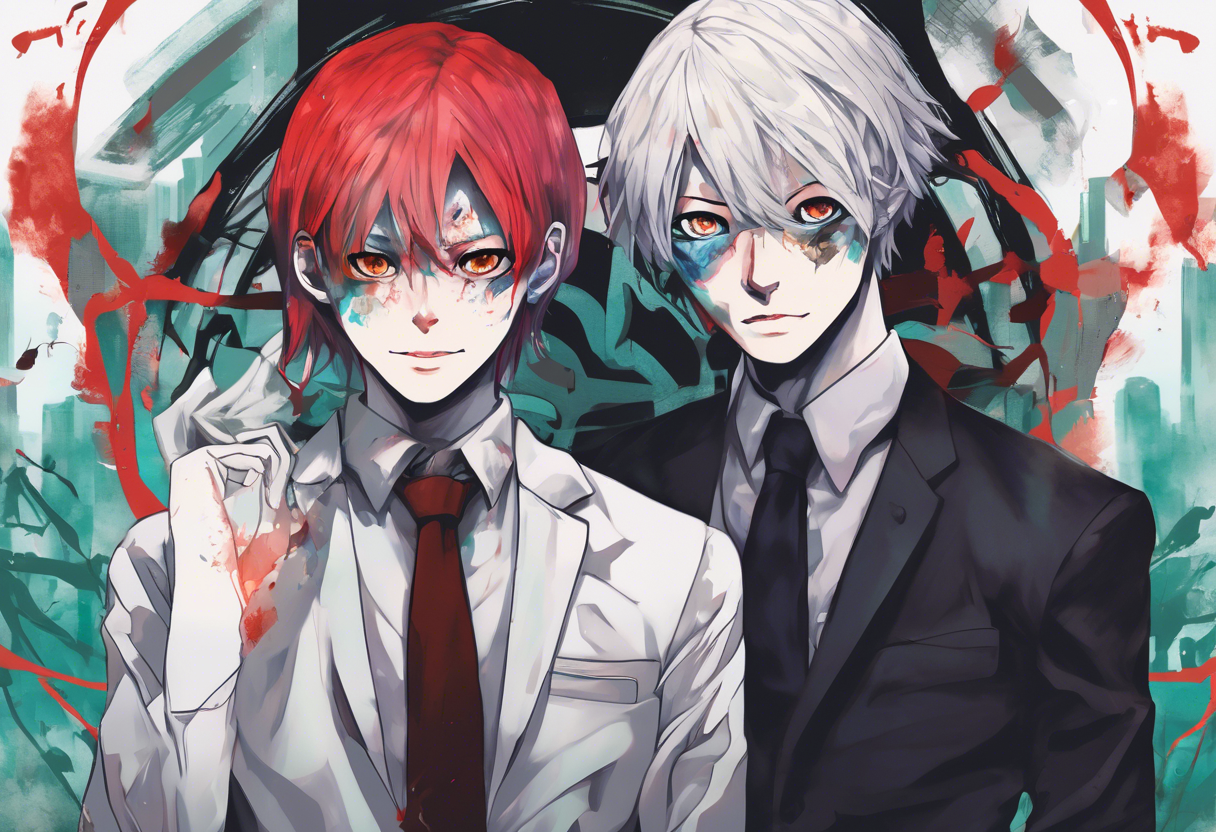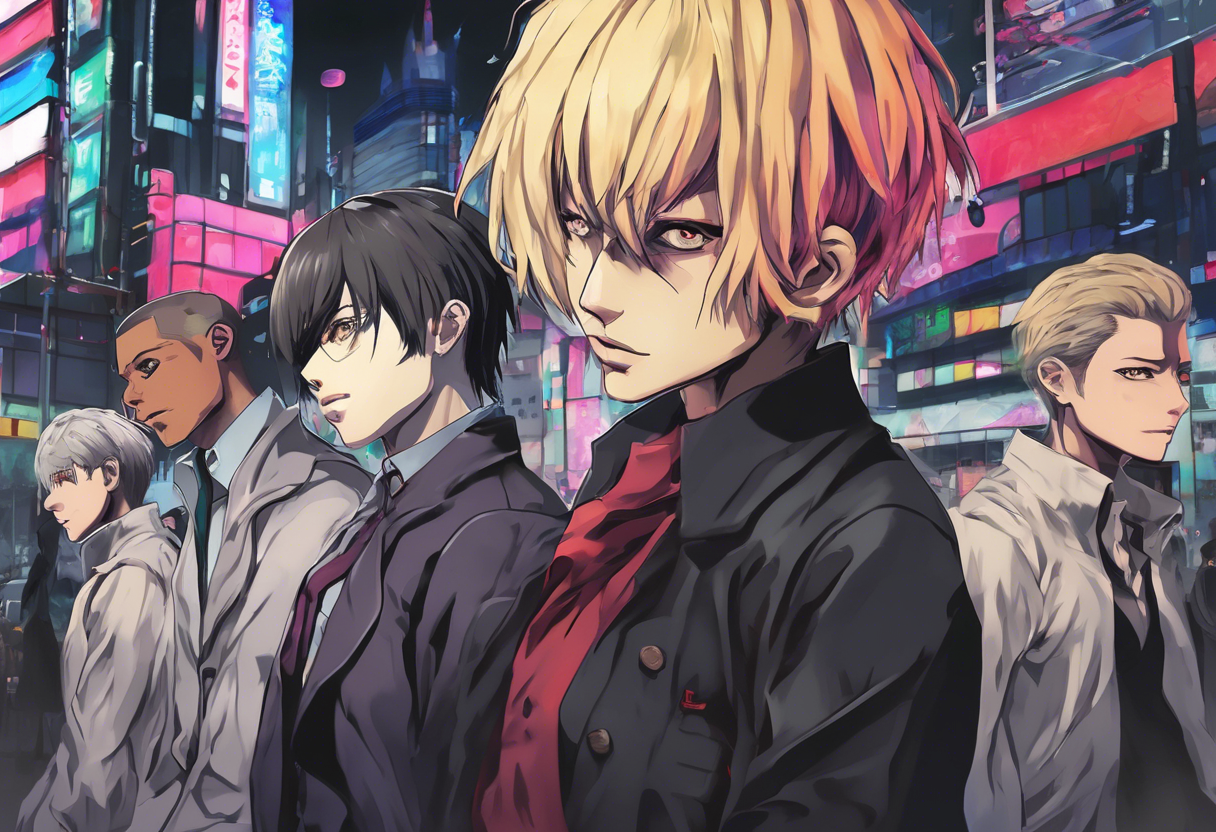Contents
Tokyo Ghoul:re – Episode 42: FACE: Effulgence
Introduction
Tokyo Ghoul:re – Episode 42: FACE: Effulgence is a pivotal episode in the anime series "Tokyo Ghoul:re," which is the sequel to the original "Tokyo Ghoul" series. Produced by Pierrot, the episode is based on the manga series by Sui Ishida. The episode was directed by Toshinori Watanabe and initially released on May 15, 2018. This episode stands out within its genre for its intense character developments, intricate plot twists, and the escalation of conflicts between ghouls and the Commission of Counter Ghoul (CCG).
The production of "Tokyo Ghoul:re" involved a team of seasoned creatives, including director Toshinori Watanabe and writer Chūji Mikasano. The series is known for its dark fantasy setting, complex characters, and the exploration of themes such as identity, morality, and the struggle for coexistence between humans and ghouls. Episode 42, in particular, marks a significant turning point in the narrative, setting the stage for the climax of the series.
Plot Summary
In "FACE: Effulgence," the narrative is fraught with tension and emotional depth as several key storylines converge. The episode begins with the Clowns, a group of rogue ghouls, initiating a riot that threatens the CCG Headquarters. This chaos is a direct response to the recent events involving Haise Sasaki, a central character who has been grappling with his dual identity as both a human and a ghoul.
As the Clowns’ riot intensifies, the CCG investigators who were close to Haise react to his sudden departure. This reaction is particularly poignant for Akira Mado, who has developed a complex relationship with Haise and is now forced to confront her own feelings and loyalties. Meanwhile, Furuta, a character with significant influence within the CCG, takes over as the head of the organization, marking a shift in power dynamics that will have far-reaching consequences.
In another part of the city, Hinami Fueguchi and Saiko Yonebayashi rush into the auction room where Sasaki (Haise) is being held captive. Hinami, realizing that Sasaki is actually Ken Kaneki, her friend and ally, fights against Takizawa to save him. This confrontation is emotionally charged, as Sasaki is forced to confront his Kaneki side and the memories he has been trying to suppress.
The fight between Sasaki and Takizawa is intense and symbolic, with both characters piercing each other with their kagunes (the ghoul equivalent of a weapon) and falling down. This scene represents a moment of truth for Sasaki, who must finally accept and reconcile his dual identities. The emotional toll of this acceptance is palpable, as Sasaki’s inner conflict has been a recurring theme throughout the series.
Simultaneously, other characters are dealing with their own struggles. Tsukiyama, a complex and often conflicted character, meets with Sasaki and is questioned about his knowledge of Ken Kaneki. Tsukiyama’s refusal to provide answers highlights his own internal battles and his complicated history with Kaneki.
The episode also delves into the personal struggles of other characters, such as Kanae von Rosewald, who is captured by Eto after a brutal confrontation. Eto’s actions are a manifestation of her own twisted desires and her role as a powerful and enigmatic figure in the series. The capture of Kanae and the subsequent events at the Tsukiyama mansion further escalate the tension, as the CCG prepares to attack Tsukiyama’s family.
Throughout the episode, the settings of the CCG Headquarters, the auction room, and the Tsukiyama mansion serve as backdrops for the unfolding drama. Each location is imbued with its own unique atmosphere, reflecting the characters’ emotional states and the broader narrative arcs. The 11th Ward, a recurring location in the series, is also mentioned, tying the events of this episode to the larger world of Tokyo Ghoul.
The central conflicts of the episode revolve around identity, loyalty, and the ongoing struggle between ghouls and humans. Sasaki’s journey is at the heart of this, as he navigates his dual identities and the moral implications of his actions. The episode also explores the themes of power and control, as characters like Furuta and Eto exert their influence over others, often with devastating consequences.
Themes and Symbolism
"FACE: Effulgence" is rich in themes and symbolic elements that add depth to the narrative. One of the central themes is the struggle for identity, particularly through Sasaki’s character. His dual identity as both Haise and Kaneki symbolizes the internal conflict many characters face in the series, highlighting the blurred lines between human and ghoul.
The use of kagunes and the physical battles between characters serve as metaphors for their emotional and psychological struggles. The kagune, a manifestation of a ghoul’s power, represents the raw emotion and strength that characters must confront and control. The fight between Sasaki and Takizawa is symbolic of Sasaki’s inner battle to accept his true self.
Power dynamics are another significant theme, with characters like Furuta and Eto embodying different forms of power and control. Furuta’s rise to leadership within the CCG symbolizes the institutional power and the bureaucratic machinery that often drives the plot. Eto, on the other hand, represents a more personal and manipulative form of power, using her influence to control and dominate others.
The episode also explores the theme of loyalty and friendship, particularly through the actions of Hinami and Saiko. Their rush to save Sasaki highlights the strong bonds between characters and the sacrifices they are willing to make for one another.
Cultural Impact
"FACE: Effulgence" has had a significant cultural impact, particularly within the anime and manga communities. The episode’s release was highly anticipated and received widespread attention for its dramatic plot twists and emotional depth. The series as a whole has influenced popular culture, with references to Tokyo Ghoul appearing in various forms of media, from fan art to cosplay.
The episode’s themes of identity, power, and loyalty have resonated with audiences, making it a topic of discussion in online forums and social media. The character developments and plot revelations in this episode have also been subject to analysis and interpretation, contributing to the series’ enduring popularity.
Critical Reception
Critically, "FACE: Effulgence" was well-received for its intense action sequences, emotional depth, and significant plot developments. Reviewers praised the episode for its ability to balance multiple storylines and character arcs, creating a cohesive and engaging narrative.
However, some critics noted that the pacing could be overwhelming, given the multitude of events unfolding simultaneously. Despite this, the episode was generally praised for its impact on the overall story, setting the stage for the series’ climax.
Audiences also responded positively, appreciating the emotional resonance and the resolution of several long-standing plot threads. The episode’s conclusion left many viewers eagerly anticipating the next installment, highlighting its success in engaging and retaining the audience’s interest.
Legacy
"FACE: Effulgence" continues to be a significant episode in the Tokyo Ghoul series, inspiring both filmmakers and artists. Its exploration of complex themes and its emotional depth have made it a benchmark for storytelling in anime.
The episode’s influence can be seen in subsequent anime series that have tackled similar themes of identity and power. The character of Sasaki, in particular, has become an iconic figure in anime, symbolizing the struggle for self-acceptance and the complexities of dual identities.
In cinematic history, "FACE: Effulgence" stands as a testament to the power of anime to explore deep, complex themes and to create emotionally resonant narratives. It remains a pivotal moment in the Tokyo Ghoul series, contributing to its enduring relevance and popularity.

